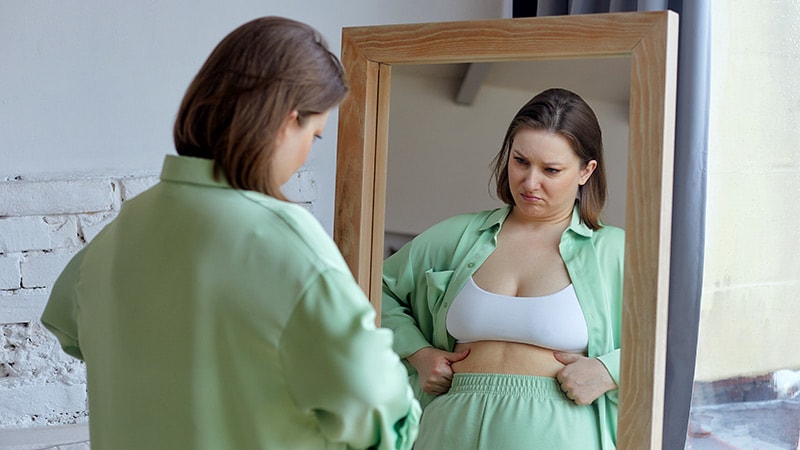Kigali – Dr. Otto Niyonsenga and Dr. Menelas Nkeshimana are two of the clinicians in the World Health Organization’s (WHO’s) COVID-19 surge response team deployed to support Rwanda Biomedical Centre to manage COVID-19 cases at the sub-national level (provinces). In COVID-19 response, prompt and effective case management remains a critical intervention particularly for patients with severe symptoms and underlying medical conditions. Since the beginning of the pandemic, case managers the world over, start and end their days with the same question: “How can we save more lives?”
WHO Rwanda technicians have been on the frontlines supporting the National COVID-19 Joint Task Force to contain the virus and mitigate its impact. These technicians bring in their expertise in different fields within different strategic areas such as coordination and planning, surveillance, laboratory and diagnostics, case management, infection prevention and control, risk communication, and community engagement among others.
While two years of fighting a pandemic from different fronts can trigger complacency from the population, for families with their loved ones admitted in COVID-19 treatment centres, front-liners represent the light at the end of the tunnel. Some even expect miracles. Indeed, a miracle is exactly what was expected of Dr. Niyonsenga and Dr. Nkeshimana on the night of 31st July 2021 when two of their patients in critical condition required a quick unusual solution.
“We had the drugs; they had the patients, but it would have taken at least three hours to get the drugs to Huye and the clock was ticking.” – Dr. Menelas Nkeshimana, COVID-19 Case management officer.
On the evening of 31st July 2021, the case management pillar was conducting their regular evening review of reports on COVID-19 cases admitted across the country. Two of the patients were reported to have been experiencing severe difficulty in breathing. The first was a 68-year-old man who was quickly drifting into critical condition, and the second was a 45-year-old male nurse who required high flow oxygen. Both cases were admitted to the Intensive Care Unit (ICU) of the Centre Hospitalier Universitaire de Butare (CHUB), a teaching Hospital in Huye District in Southern Province where Dr. Otto Niyonsenga is stationed as COVID-19 case management officer.
With Dr. Nkeshimana at the central level and Dr. Niyonsega at the provincial level, the clinicians brainstormed on the status of both patients and did a quick review of the available WHO recommended therapeutic options. Finally, they settled on administering Tocilizumab (brand name Actemra/RoActemra)! The drug offers hope for patients and families who are suffering from the devastating impact of severe and critical COVID-19.
In July 2021, WHO recommended life-saving interleukin-6 receptor blockers tocilizumab or sarilumab for people with severe COVID-19 and urged pharmaceutical companies to join efforts to rapidly increase access. Following this recommendation, Rwanda through the Ministry of Health and the Rwanda medical supply (RMS) initiated the purchase of Tocilizumab and importation from manufacturers. The cost of the drug is however prohibitive, and therefore inaccessible to many at Frw 1.8 million per vial.
“Affording a vial of Tocilizumab is one thing, but what would be the use of gathering close to Frw 2 Million if it takes too long to get it to patients whose lives are hanging by a thread?” – Dr. Otto Niyonsenga, COVID-19 case management officer.
Huye District is located approximately 125.0 km from Kigali. That night, there was no scheduled trip from Kigali to any health facility in Huye, and even if there was, the fastest ambulance would not deliver the drugs in time. A second brainstorming session brought the missing piece of the puzzle. Ms. Josiane Karengera, a colleague from the National Reference Laboratory (NRL) where rare blood types are stored for emergency distribution suggested to “zip” the vials as they have been doing for plasma and other blood products when needed in remote areas.
“There are people from Zipline about to send plasma to the southern province. Why can’t you send the two vials through the same means? If your vials are about the same weight as the regular package, all you need to do is box them and put them on the next zip.” Ms. Josiane Karengera, Immuno-Hematology Technician, NRL.
In 2016, Rwanda launched the world’s first national drone delivery service with help from a Silicon Valley start-up. The drones, manufactured by US robotics company Zipline, began delivering blood parcels on parachutes to 21 remote health facilities in the Western part of Rwanda. Today, the firm covers about 260 health centres in Rwanda.
Rwanda has been exploring the use of drones in various sectors since 2018. Some innovative uses of the drones include blood delivery and larvicide spraying in the Health sector, conducting topographic surveys in Agriculture, and taking pictures to promote tourism.
Sending the vials by drone took less than half an hour compared to the 3 hours an ambulance would have taken. All it took was a couple of phone calls and a piece of paper torn from Dr. Nkeshimana’s notebook on which he wrote the names and telephone number of Dr. Otto Niyonsega who, minutes later was catching a red box being dropped by a drone flying over the hospital.
“There are many emotionally loaded days like this one where we mourn losses and celebrate recoveries at the same time. It is a cruel reminder that COVID-19 remains a serious threat to us all.” – Dr. Menelas Nkeshimana, COVID-19 case management officer.
That night, the life of one of the two patients in critical condition was saved. The 45-year-old male nurse is now back at his home with his family. The near-death experience was an eye-opener for the male nurse. Since the launch of the COVID-19 vaccination rollout in Rwanda, he had been reluctant to get vaccinated advancing religious reasons. Today he is fully vaccinated and very vocal about the need to get vaccinated in his community.
By mid-December 2021 Rwanda counts 100,888 confirmed cases of COVID-19, including 99070 recovered and 1,344 deaths out of 3,696,051samples tested. A total of 7,011,427 people received a COVID-19 vaccine and 4,381,843 received the second vaccine and 32,472 have received the 3rd dose.
Note: This article have been indexed to our site. We do not claim legitimacy, ownership or copyright of any of the content above. To see the article at original source Click Here













